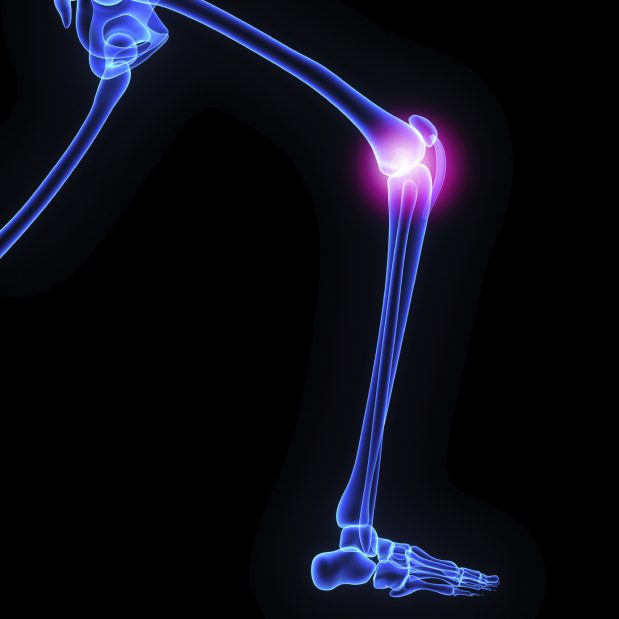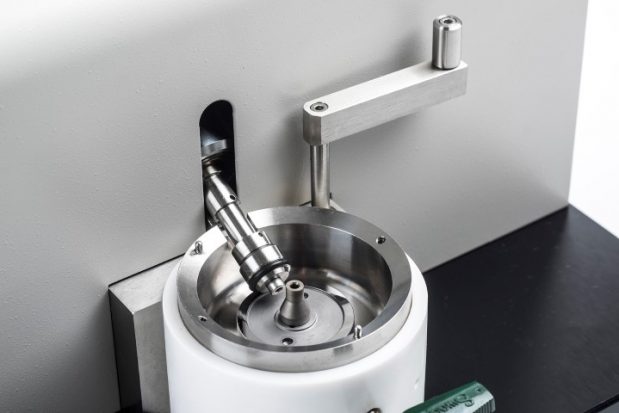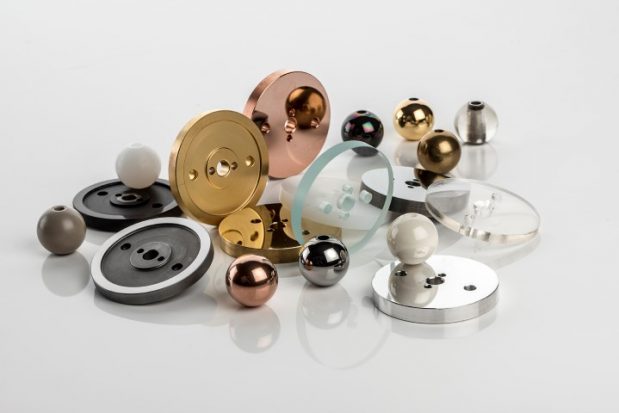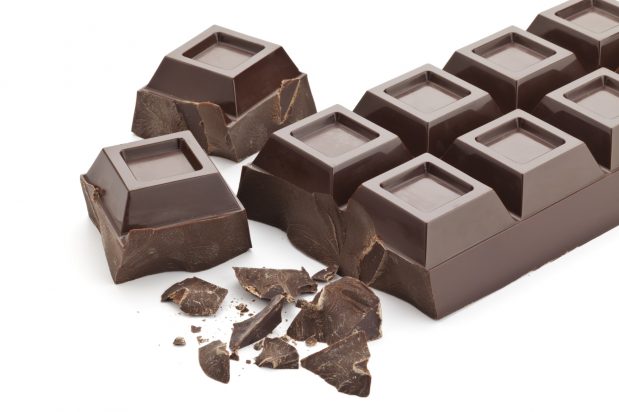Biotribology is Everywhere

Biotribology is one of the most exciting areas of tribology research and one which affects every aspect of our everyday life from skin blisters to artificial joints and contact lenses. In many cases, interaction with our environment is governed by tribology and in particular our response to perceived friction. The use of touch to evaluate surface texture hydration and grip is an important example.
Primary research areas currently include;
- Orthopaedics: synovial Joints articular cartridge and osteoarthritis damage
- Artificial implants: Articular joint replacement, catheters, stents, bio-probes
- Biomimetic: Bio-inspired tribology, surface textures and chemistry, bio-lubricants
- Biomaterials: scaffolds for bone/cartilage repair, additive manufacturing
- Ocular tribology: Ocular surfaces, contact lenses, tear lubrication and Dry Eyes Syndrome
- Skin Tribology: Damage mechanisms; blistering mechanisms, bedsores, and sweat lubrication
- Haptics: Tactile per caption and surface texture, customer experience and customer products
- Personal Care: Skin creams, cosmetics, shaving products, exfoliates, toothpaste
- Oral Processing: Mouthfeel and taste perception, food technology
- Dental Tribology: Tooth and implant wear and corrosion; implant anchoring
- Sports Tribology: Equipment design, sports surfaces, grip, gait analysis
Biotribology research contributes to the fundamental understanding of lubrication and wear mechanisms, which often determines the performance of these systems. It also facilitates the development of product screening tests which reduces the need for panel (people) or animal testing. Increasingly, biotribology research can contribute significant scientific, social and healthcare benefits; the opportunities are considerable.

As these industries grow, the need for greater knowledge of the tribological properties of all these areas increases. The need of each industry varies from greater life span (artificial joints), better customer experience (haptics), cheaper additives which produce the same results (personal care) and improving the taste perception of reduced-fat or sugar foods (oral processing, food technology).
PCS Instruments, and in particular the MTM2, has aided this research for over a decade and has led to a better understanding of the limitations of the current methods and what alternative materials and lubricants can be used to improve the end product.

Working closely with our customers in these industries, PCS has developed many accessories and specimens for the MTM2 specifically to aid soft contact research. Visit PCS Instruments’ technical papers to view third party research which has been completed on these industries.

PCS are currently developing a new instrument designed specifically for Bio-Tribology applications. To receive updates on this and much more product information sign up here:
Contact us for further information by following the link at the bottom of this page.
PCS will be attending the 3rd International Conference on Bio-tribology at Imperial College in September 2016. Visit their website to find out more.

